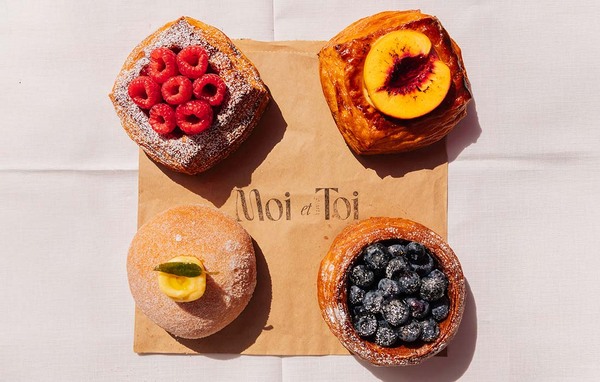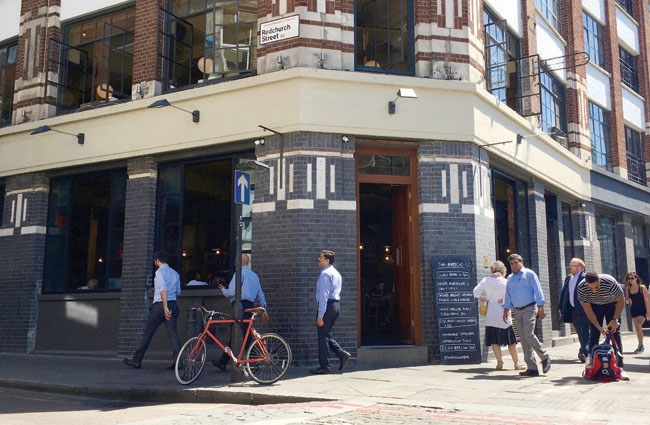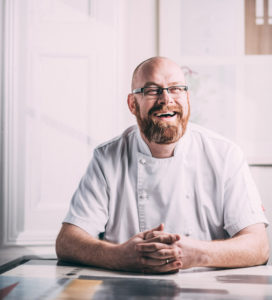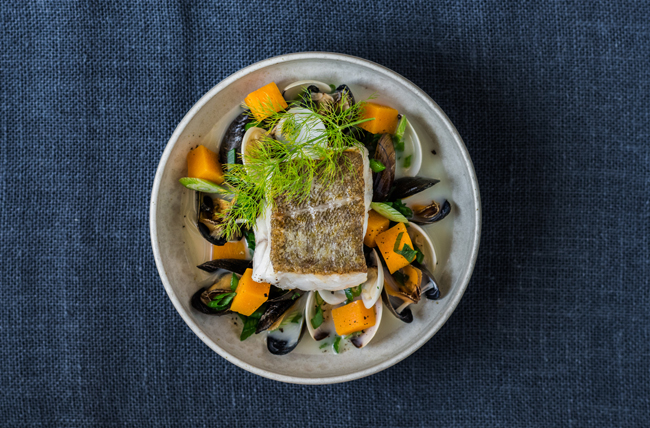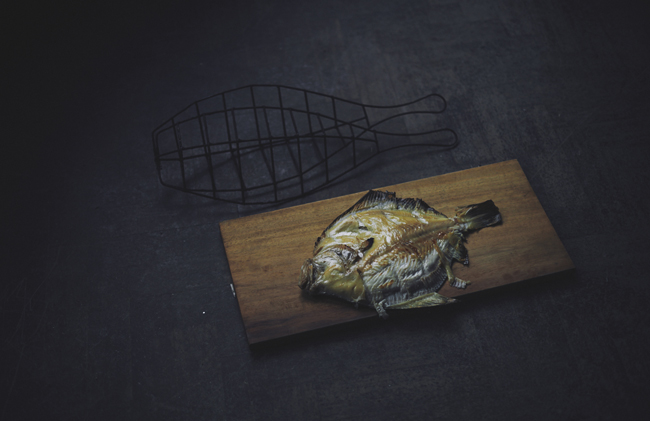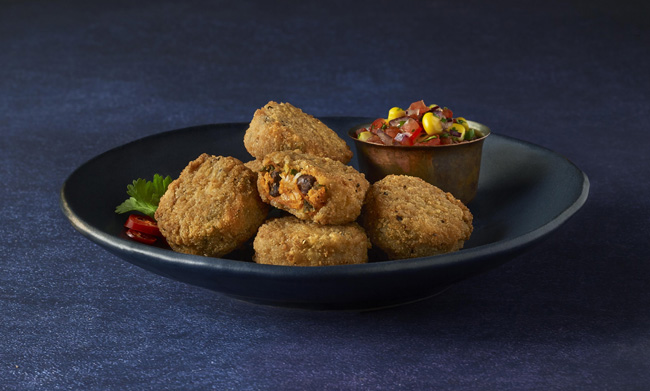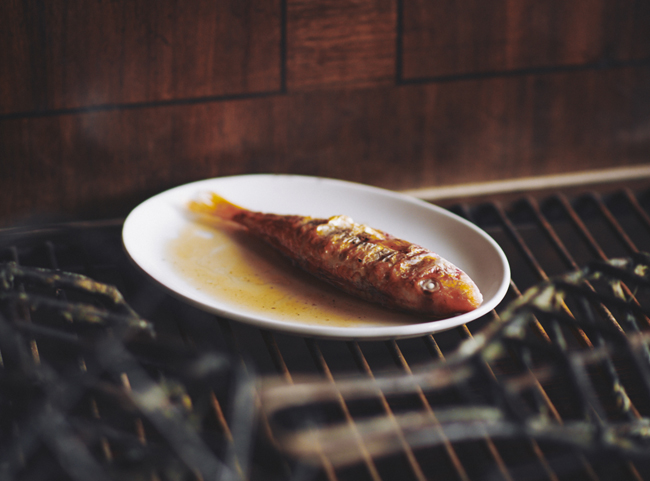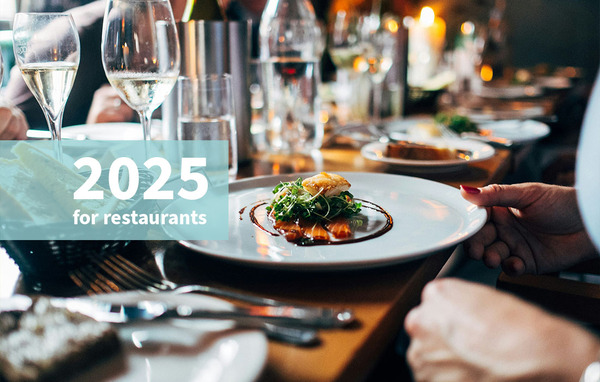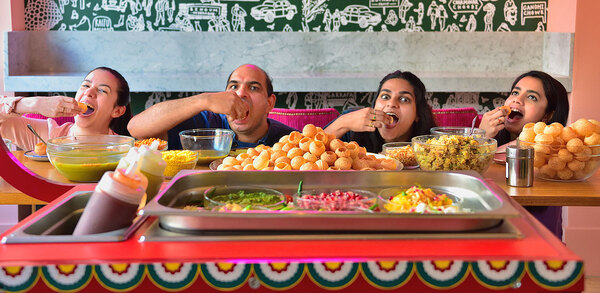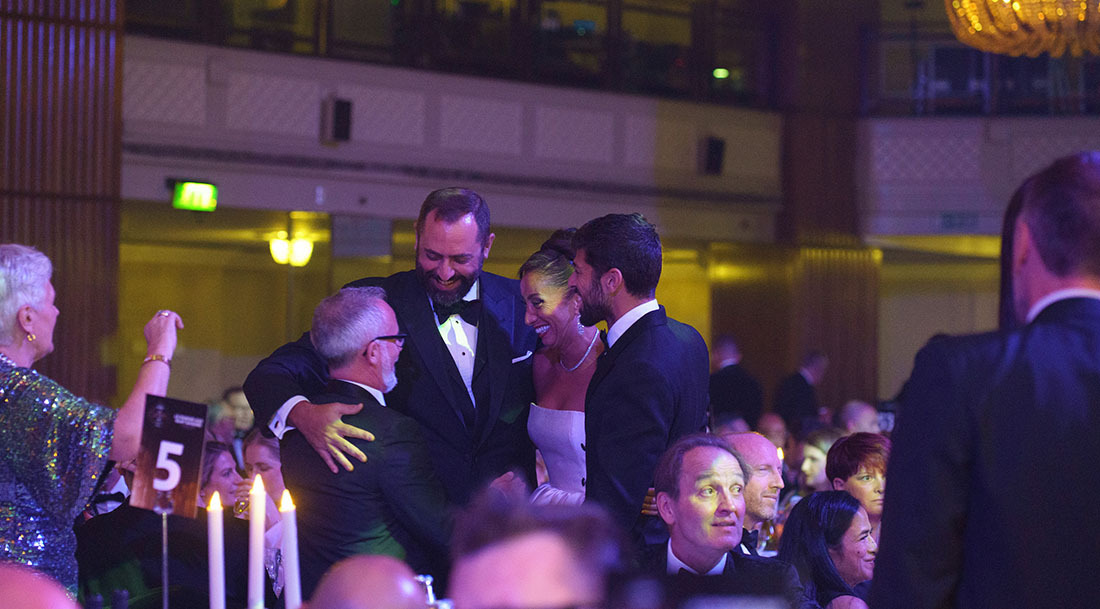A bigger splash: key trends in seafish and shellfish
New species and cooking styles are making seafish and shellfish the darlings of sustainable menus. Will Hawkes reports on the key trends
Smoking Goat is a fine place to gauge the state of London food. This Thai barbecue restaurant in Shoreditch boasts all the signifiers of laid-back, modern dining: craft beer, painted brick walls, relaxed service, venting so exposed you can almost see it blush. An open kitchen occupies the centre of the room, where chef Ben Chapman sends out flamboyantly named and spiced plates, including barbecue mutton massaman curry, smoked brisket drunken noodles and lots of fish dishes, too.
a wide variety of fish. Sustainability, seasonality and freshness are more important than ever.
Itâs an interesting time for seafood, according to co-owner Saul Astrinsky. âLots of people are trying different fish now,â he says. âDown here in the South West we have such a varied selection â" on any one day, we have 25 or 30 species of fish for sale. And look at the percentages of fish going abroad: 100% of our hake used to go to France, but now quite a lot is eaten here.â
For Astrinsky, sustainability is key. Wild Harbour works with around 30 fishermen to get species that are in season and, crucially, are not overfished, which requires a range of measures, he says. âWe buy things that arenât under pressure. We donât take gill-netted wild bass, for instance â" only line-caught bass. The species we buy are sustainable: hake, sardines. The fishermen we work with have a bigger mesh size on their nets to let the baby fish get out, and the line fishermen put immature fish back.
âWe do buy chalk-stream trout from a sustainable fishery. Shellfish is a big side of our business now; in the winter we do native oysters and queen scallops. The oysters come from a place thatâs been farming them for 300 years, and itâs all done by sail, which is sustainable. Our lobsters are caught in lobster pots and our crabs and cuttlefish are pot-caught. Itâs very important to us.â
Astrinsky believes that people are more aware than ever of the importance of eating sustainable varieties. âI think thatâs definitely the case,â he says. âBefore, the customer wasnât particularly interested, but more and more people are asking that question now.â
But sustainability is about more than just fish species. How you treat the people who catch the fish and how you transport it are just as important. On the second point, Wild Harbour is switching from single-use polystyrene boxes to reusable plastic boxes â" it has just bought 700 plastic boxes to use for deliveries to London, where about 90% of its fish goes.
And then there are the fishermen. âI was a fisherman for 25 years,â Astrinsky says. âLots of the people I work with were my mates when I was fishing. We try and pay them more money than they would get on the market. Itâs about keeping them happy and being sustainable, too.â
Another approach to sustainability is using the whole fish, according to M&J Seafood. âThere is a use for every part of the fish, which is really important when you are using the best-quality ingredients,â says Jason Calcutt, business development chef. âSometimes the profit can be found by using the bones to create a rich broth, the shells for a bisque and the skin to make crisps. The trimmings can even be used in fish cakes or dumplings.â
Flavour, freshness and fashion
There is plenty for fish-lovers to enjoy in London â" everything from whole baked turbot at Tomos Parryâs recently opened Brat on Redchurch Street in Londonâs Shoreditch (the turbot is cooked over a low fire in a bespoke fish cage) to shellfish platters at Wright Brothersâ five restaurants in the capital.
And then thereâs Smoking Goat, where fish often makes up half of the dishes on offer. âA restaurant like Smoking Goat will buy the cheaper fish, the more underrated fish, like plaice or small John Dorys,â says Astrinsky. âThey like portion-size fish. Some restaurants work really well like that. Theyâll use what weâve got, whatâs in season. The big suppliers will buy fish from all over and hold it for a long time. Thatâs where weâre different. We donât hold fish. They take what weâve got.â
Itâs now increasingly common to find seafood in Indian restaurants, where chicken and lamb have long been the standbys. At the Viceroy in Milford in Staffordshire, dishes such as scallops Tarang and oysters Tellicherry pepper are increasingly popular. These dishes are delicious and sustainable, says chef director Ain Ullah. âOur scallops have been caught by divers, which keeps the seabed a lot tidier â" and probably healthier â" than catching by dredging. It also explains why they cost quite a bit more. The bright orange coral or roe has an attractively briney taste and it adds a subtle savoury undertone to the sweet white meat.â
Youngâs new product releases include mixed pink salmon and Alaska pollock pieces, a spicy salmon and black bean mini fish cake, and MSC-certified cod and parsley. âTacos are particularly versatile as the tortilla base is a great vehicle for different toppings,â says Adrian Greaves, foodservice director. âThe key to a great taco lies between the balance of protein and the additional toppings and sauces to create an explosion of flavour. Youngâs pink salmon and Alaska pollock is a versatile flavour carrier suitable for countless cuisines and can be used in a range of formats.â
Seasonality drives demand too. âRope mussels have a big spawning period, but thatâs coming to an end soon, and everyone is waiting for the mussels to come back on. Turbot is very popular with London restaurants, but its season is also coming to an end. Mackerel and sardines, which are just about to start, are very popular, as is hake, which is an all-year-round fish. We must sell 700 to 800 kilos of hake a week now; when we started selling it about three years ago, we were doing 50 to 100 kilos a week.â
New varieties, new ideas
Wild Harbour sells up to 30 different species of fish on any given day â" a clear sign the British market is moving beyond its âcod or haddockâ culture. One new option is Norwegian fjord trout. âIt has a delicate flavour, a vibrant colour, is packed with omega-3 and is versatile because different parts of the fish have different flavours and fat contents,â says Hans Frode Kielland Asmyhr, UK director of the Norwegian Seafood Council. âThe chefs that use it absolutely love it, and the customers do too.â
Quality is on the rise for both fish and seafood. Thereâs no room for complacency, says Astrinksy, but things are definitely looking up. âYouâve got to have a decent approach, but things are moving that way. Letâs have the whole of Britain getting incredibly good fish. I think thatâs possible, you know.â


